Description
Hardback with dw. Acclaimed by the English press. Just in
Brearley is noted as maybe England’s finest ever cricket captain and tactician
Additional information
| Year Of Publication |
|---|
1 review for Brearley, Mike – On Form (new release from the UK)
Add a review Cancel reply
You must be logged in to post a review.
Related products
-
Sale!

Byrell, John – Thommo Declares! Cricket’s most colourful larrikin
$22.00Original price was: $22.00.$5.50Current price is: $5.50. Add to cart -
Sale!
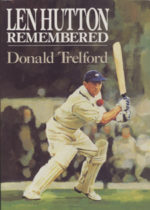
Trelford, Donald – Len Hutton Remembered
$22.00Original price was: $22.00.$11.00Current price is: $11.00. Add to cart -
Sale!
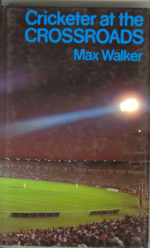
Walker, Max – Cricketer at the Crossroads
$13.75Original price was: $13.75.$6.05Current price is: $6.05. Add to cart -
Sale!
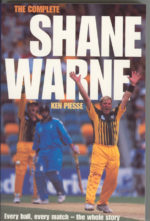
Piesse, Ken – The Complete Shane Warne
$16.50Original price was: $16.50.$5.50Current price is: $5.50. Add to cart

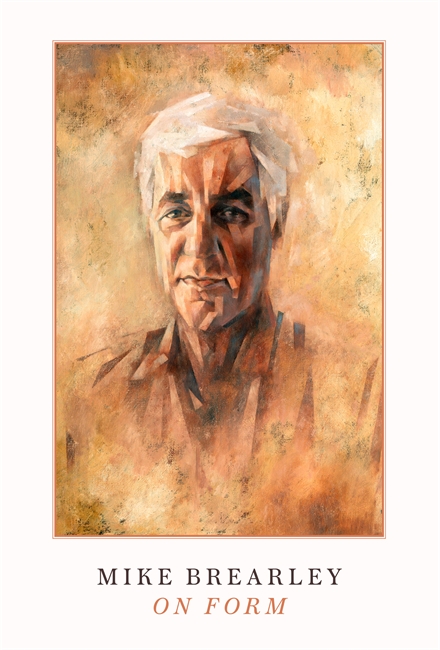
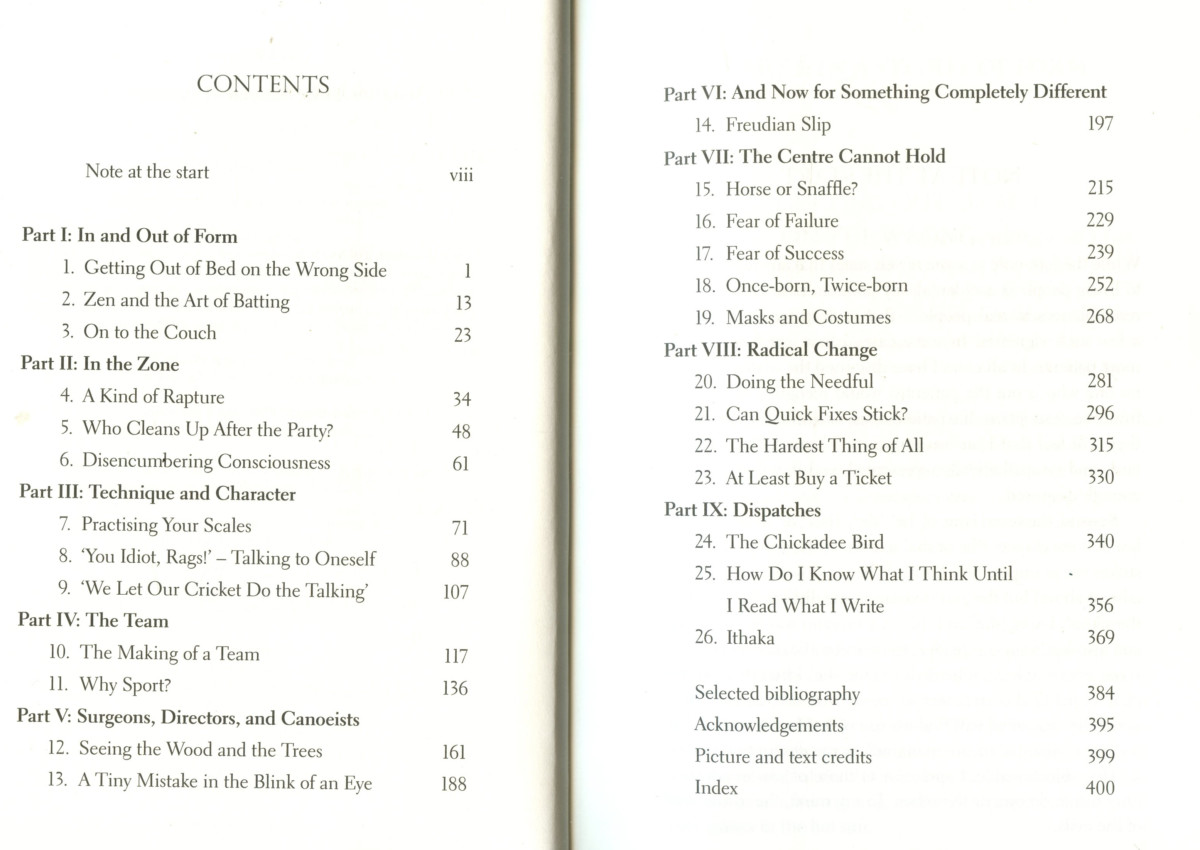

Ken –
Mike Brearley’s new book began at a talk he gave at the London School of Economics in 2012 on what it means to be “in the zone” – the mental state of intense focus and absorption in the task at hand, experienced by athletes and other performers at moments of peak performance. Afterwards, encouraged by friends, he wrote up his thoughts, and the more he wrote, the more he thought. The result is a book that roams far beyond its starting point, without getting anywhere in particular.
Brearley is a psychoanalyst, a career for which he prepared by captaining the England cricket team. Between 1977 and 1981 he led England in 31 Test matches, of which only four were lost. Brearley was a very good though not outstanding batsman. His success as captain was down to his astute tactical brain, and above all to his ability to bring the best out of an England team which included brilliant, sometimes headstrong talents such as David Gower and Ian Botham.
Brearley read classics and moral sciences at Cambridge, and pursued a career as a philosophy lecturer before giving it up for cricket (he was a late developer, in sporting terms, first selected for England at the age of 34). Silver haired, softly spoken and undemonstrative on the field, he provided an alternative to the Churchillian archetype of a leader. On retiring from cricket in 1983 he trained in psychoanalysis and became a professional therapist, while maintaining his interest in sport. In On Form, Brearley combines sport, psychology and philosophy to draw some lessons for life. This is his second book: his first, The Art of Captaincy, was published in 1985.
A prerequisite for being on your game seems to be a freedom from deliberation. Brearley quotes Australian cricketer Greg Chappell, who wrote that a batsman at the crease should simply watch the ball and respond to what he sees: “The conscious mind can be involved with the big picture stuff such as strategy, but once the bowler approaches, one must trust the subconscious and the years of training to do the rest.”
Those years of training are crucial. A sportsman can only rely on instinct when he stands on what Brearley calls the “secure base” of technique. Freedom must be earned: the more meticulously that performers work to improve their skills, the greater ability they have to make good decisions unthinkingly. My favourite expression of this principle comes from the conductor, Carlos Kleiber, who told a student: “With good technique you can forget technique.”
Brearley draws a comparison between Greg Chappell’s advice and that offered by the postwar British psychoanalyst, Wilfred Bion, who said that an analyst should strive to be “without memory or desire”. In life, as in sport, worrying about what might happen or has happened comes at the expense of attentiveness to the present and its satisfactions. Psychologists who study insomnia refer to the problem of “rumination”: when the would-be sleeper can’t sleep, he worries about the consequences of not sleeping, which means he can’t sleep. Over-deliberation is recursive.
That makes it difficult to fix. If you were impatient with Hamlet you might tell him to get over himself, but of course, that’s exactly what he is trying to do. In Robert Icke’s recent production of Shakespeare’s tragedy, Andrew Scott gave a heartbreaking portrayal of the Danish prince as a man unable to escape the frenzy of his own brain. I was unexpectedly moved by the moment of respite Scott’s Hamlet found in the embrace of an old friend: “Horatio? Or I do forget myself?” To forget yourself, it helps to have a task to which one’s mind must be fully applied. Hamlet can’t throw himself into work. One difficulty of being a royal heir is that there’s so little to do to take your mind off the question of what to do.
When an athlete is playing badly it’s often because they are trying too hard to be in form. Timothy Gallwey, author of The Inner Game of Tennis, first published in 1974 and popular ever since, argued that players who are out of form are clenched too tightly, physically and mentally. He proposed that each person is divided inside themselves between a “teller” and a “doer”. The problems begin when the teller, instead of productively directing the doer, scolds, harasses and berates it, which turns the doer into a sulky rebel, or a nervous child.
Brearley recalls an encounter he had as a young man with Tiger Smith, the legendary English cricketer and coach, then in his nineties and nearly blind. After playing an innings for Middlesex at Edgbaston, Brearley asked Smith, who had been watching, if he had any tips. In the players’ dining room, Smith stood with his walking stick and watched Brearley swing his bat through a few strokes. “Do you think frowning helps you hit the ball harder?” Smith asked, before pointing out how tense Brearley was in the face, hands and arms. A few years later, Brearley inspected a batting glove of Ian Botham – never guilty of under-hitting the ball – and was amazed to see its fingers almost unmarked by the bat. Botham played fast and loose.
“Choking” is a spike of nerves, experienced by performers on the brink of a success, which distracts the mind and constricts action. One trick used by athletes to cope with it is to develop mantras, or simple mental routines, to be deployed at high-pressure moments. The content of the mantra (“Stay focused”, “Be strong”) is less important than the mental space it takes up; its function is to shut out stray thoughts. But the most powerful antidote is enjoyment. Roger Federer struggled with choking in his early thirties – he threw away double match points against Novak Djokovic in the finals of both the 2010 and 2011 US Opens. His return to the pinnacle of his sport at the age of 36 has seen him playing more freely than ever. “He just seems to enjoy the feeling of having the ball on his strings,” said the former world number one Mats Wilander, in wonderment.
If you are planning to act on instinct you had better ensure that your instincts are compliant with your plan. The philosopher David Papineau, who spoke at the same LSE event as Brearley (his thoughts also developed into a book: Knowing The Score, on philosophy and sport, was published earlier this year), tells a story about the former England batsman Mark Ramprakash. It’s a pity that Brearley doesn’t explore the same story in On Form – perhaps he felt that Papineau had claimed it – because it touches on the core psychoanalytic question of how much we know about what we desire.
In a series against Australia in 2001, England lost the first two Tests but were in a strong position in the third, having built a lead of 120 with six wickets in hand. Ramprakash had been batting calmly and steadily for an hour. He looked set to take England to victory, and keep his team in the series. But then he did something almost inexplicably rash. Facing a delivery from the great spin bowler Shane Warne, Ramprakash danced recklessly towards the ball, swung at it and missed, and was easily stumped from behind. England went on to lose the match, and the series. Ramprakash never played Test cricket again.
Papineau argues that there are no conscious decisions in batting: the ball moves too fast, and the intentional system of the brain too slowly, for the batsman to do anything but react instinctively. The brain’s reflex, or “action-control” system is in charge. The same is true when a tennis player faces a serve, at least in professional tennis. What the batsman can do is prepare his instincts by deciding on a strategy before stepping up to the crease.
In other words, he can calibrate the parameters of his action-control system to respond aggressively, or defensively, or whatever he thinks necessary. For this to work, the batsman must already have trained himself to perform reflexively in those modes – otherwise known as the acquisition of technique. He must also be able to stick to his strategy, and execute on it precisely under pressure – an ability known as mental focus.
For Papineau, this is what being “in the zone” is all about: the precise alignment of intention to instinct. It requires immense willpower, because our instincts are unruly, capricious, and easily distracted by passing stimuli. There is always something tugging at the brain, seducing it with the prospect of a pleasurable digression from the plan.
Or someone: for several overs before Ramprakash’s dismissal, Warne had been goading him into a dramatic, showboating stroke. “Come on Ramps, you know you want to,” he said, over and again, until, eventually, he succeeded in hacking his adversary’s action-control system. Ramps knew what he intended; Warney told him what he wanted.
On Form refuses to settle on a theme, or to develop an over-arching argument. Instead, it wanders aimlessly from topic to topic, each of which has a vague connection, if you have the patience to identify it, to the question of what it means to be in or out of form, although what they really seem to have in common is that the author has given some thought to them over the thirty or so years since his last book.
Brearley amasses a dizzying amount of references: every one of his 26 chapters is stuffed with, well, stuff. There are stories from his careers in cricket and therapy, and anecdotes from sportspeople, businesspeople, politicians and psychiatrists. There are quotes from philosophers, passages from novels, remarks made by friends, observations of his grandchildren, newspaper stories that caught his eye, notes on films, and a Taoist parable.
In form, On Form is a little like an 18th-century commonplace book, a bricolage that doesn’t build into something greater than its sum. Much of the material he assembles is interesting; I just wish Brearley had been more discriminating in its selection, and bolder in shaping it. He seems hesitant about imposing his point of view on the reader. Like a batsman changing his mind about a dash for a single, he is always doubling back on himself, balancing each point against another, with the effect that they cancel each other out.
He recalls how his pride in being selected by England improved his performance as a batsman for Middlesex; in the next paragraph he reflects that pride can beget carelessness. In life, he says, “we need both security and challenge, safety and adventure”. A successful team requires its members to be selfish and unselfish. Some people need to be more spontaneous; others should pause for thought. Antitheses bounce endlessly off theses without making it to synthesis.
Brearley is not unaware of these problems. The penultimate chapter contains a long, self-lacerating discussion of whether he should have left more out, the better to avoid a book that is “undisciplined, vague, jumping from one thing to another, incoherent…”. Well, quite. It is a painful passage to read, a digression on whether his digressions should have been cut that ought itself to have been cut, and is itself full of digressions. At one point (more than one point, actually) Brearley reminds us of how much effort he has put in:
I worried at the text like a dog at a bone. Did you know that the word “worry”, originally the Old English wyrgan, derives from the Proto-Germanic wurgjan, meaning “strangle”? I don’t suppose you did, and nor did I, till, worrying at it, I looked up the word in the online etymological dictionary.
After more than 360 pages in this mode, I slightly wanted to worry the author in the Proto-Germanic sense. Maybe the best way to read On Form is as a performative exercise in the mental affliction that knocks people off their game: over-thinking. — THE STATESMAN